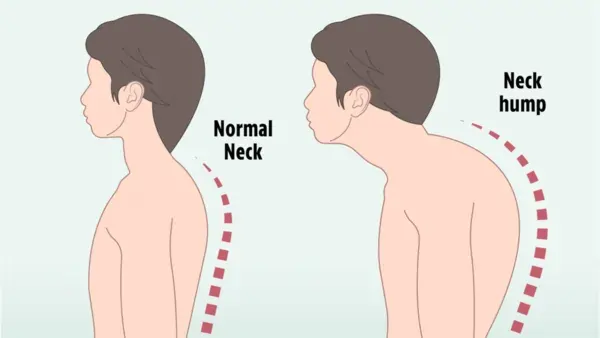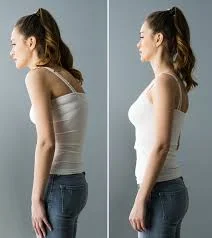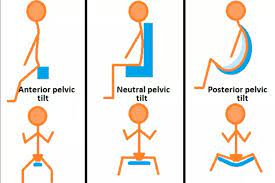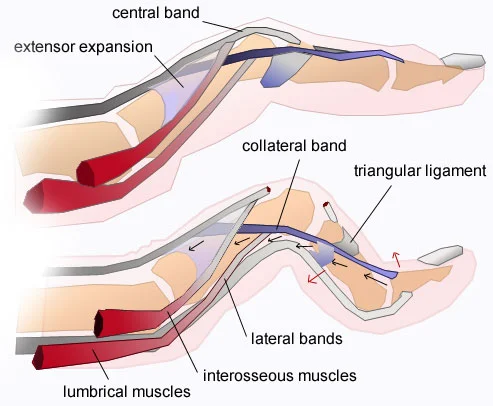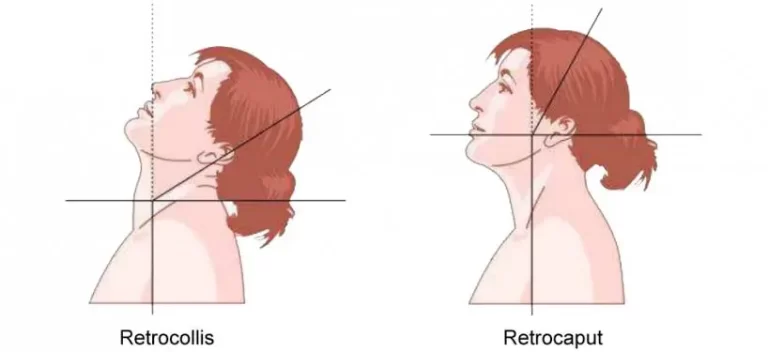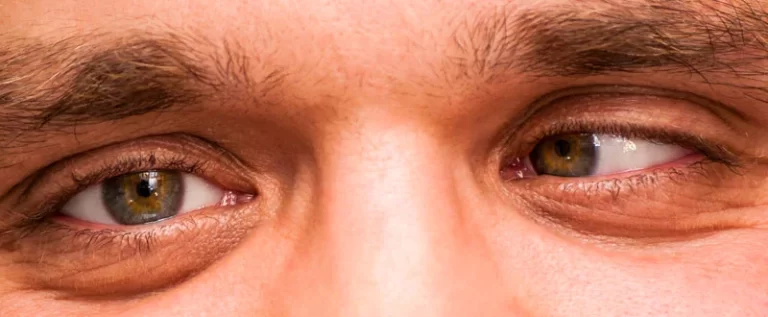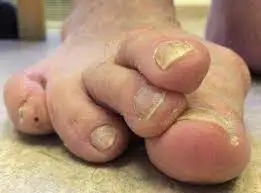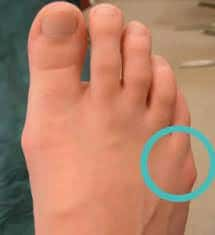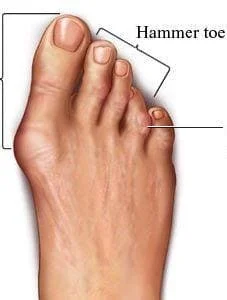Buffalo Hump
What is a Buffalo Hump? A buffalo hump, medically known as a dorsocervical fat pad, is an abnormal accumulation of fat between the shoulder blades. This condition can give the appearance of a hump on the upper back, resembling the shape of a buffalo’s hump, hence the name. While it can be associated with certain…

